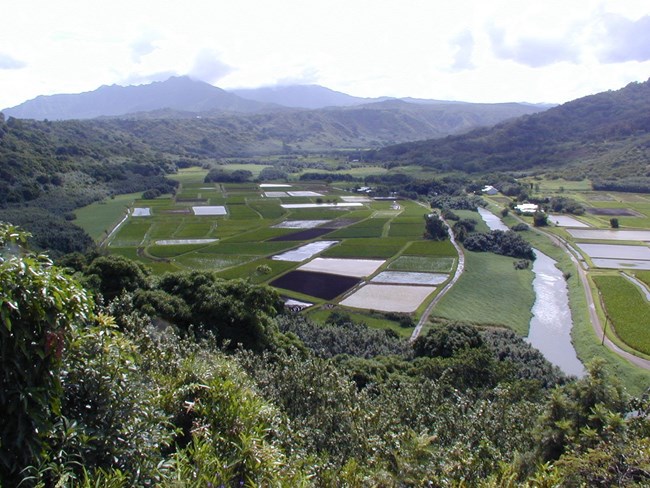Last updated: April 7, 2025
Article
Podcast 021: The Impact of Climate Change on Cultural Landscapes

Robert Melnick
What is a Cultural Landscape
Debbie Smith: Welcome to the podcast, Robert. Could you begin by telling us how you would define a cultural landscape?
Robert Melnick: Sure Debbie. It’s great to be here.
Robert Melnick: I think the first thing to think about is that you’ve got to think about not just cultural landscapes, but historically significant cultural landscapes. If you think about many old buildings that are not truly historically significant is the same issue with cultural landscapes. So for me, a cultural landscape is really, any landscape that’s been modified by people. That doesn’t mean that it’s a significant cultural landscape.
And that’s really where, I think some of the confusion comes in, and where it is important to differentiate between just a “landscape,” a “cultural landscape” and a “significant cultural landscape.” That’s why we go through the national register process, documents like Bulletin 30 for the National Register.
So that we are sure that we are really looking at what’s important about that landscape, not just that it exists. From a geographer’s point of view, you might say that every landscape is a cultural landscape.

Robert Melnick
Preservation: Historic buildings versus cultural landscapes?
Debbie Smith: That’s a very good distinction. That really helps in understanding, especially for someone who maybe isn’t familiar with what a cultural landscape is. And how would you describe the difference between preserving a cultural landscape, and how is that different than an historic building?
Robert Melnick: Well, I think all resources are dynamic, and buildings are clearing dynamic. But landscapes are dynamic at a rate and at a pace that is dramatically different than buildings. You can actually, in your lifetime under normal conditions, you can see that landscape change. Whereas for an historic building if it is well taken care of, you really can’t.
The other differentiation is that a landscape, by definition, will change. An important issue here is that you in fact want a landscape to change.
And that goes very much against, what I like to call, very traditional, and now rather old-fashioned, preservation dogma, which basically describes a goal of preservation as arresting all change. So for a landscape, you want it to change. You just want to manage that change and have it change within certain boundaries and within certain limits.
Climate change impacts
Debbie Smith: And so, in terms of climate change on cultural landscapes, what do you see as some of the potential impacts?
Robert Melnick: Well I think there are many, many impacts that we are already seeing and certainly that I think unless some major changes happen in our global systems they will happen more. So just here are a couple of them. One is rising sea levels, which will undoubtedly effect coastline landscapes.
Another is the change in rainfall, whether more or less, that will affect plant communities. Another is the change in temperature that can also affect plant communities. So just things like that, that you would associate with change to the natural systems that we’re understanding, are being impacted by climate change. The same kind of changes will take place for cultural landscapes.

Unknown
Climate change affecting plant growth zones?
Debbie Smith: How might this affect the zones that plants grow in today?
Robert Melnick: Well, I think it’s already affecting them. Certainly here in the west coast we are finding that certain grape varieties are growing further to the north than they were 50 years ago, and they are not able to grow as far south as they were. So, very slowly, very, very incrementally those plant zones are moving.
Robert Melnick: Now the other piece of this, which I have to mention here, is that even though it’s a global problem, we do understand that climate change affects different landscapes in different ways. So it’s a global problem that impacts landscapes at a very local level.
So you may in fact have some values here in Oregon, some landscapes, which are minimally or perhaps not at all effected by climate change. Maybe perhaps eventually they will be many, many years from now, whereas other landscapes are being affected right now by that. So even though we think of it as a global problem, it impacts landscapes at a very local level.
Read other Preservation Technology Podcast articles or learn more about the National Center for Preservation Technology and Training.
